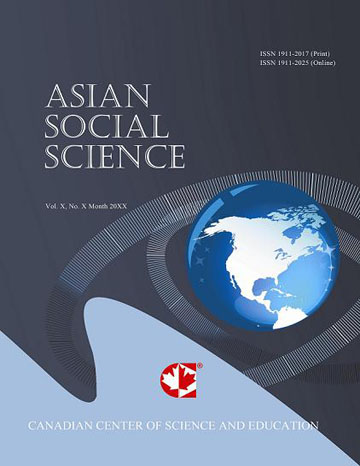Comparison Between Atlas in Xinjiang of China and Patola in Gujarat of India
- Weizhu An
- Sudha Dhingra
- Feng Zhao
Abstract
Ikat is an ancient technique by which colored patterns are formed by tying and dyeing threads before they are woven. Ikat is an ancient resist dyeing technique in which the yarns are tied and dyed according to a specific pattern prior to weaving. This paper focuses on Atlas and Patola, the most famous ikat fabrics in China and India respectively as the research objects. The effort is to provide comparative analysis from the aspects of weaving technology, pattern style, composition characteristics and colors, based on literature and images. Although they are similar in production process, they have very different characteristics due to cultural background, religion, environment and aesthetic tastes of consumers and weavers. Both textiles showcase the local plants, flowers and colour preferences. Islam influences Atlas textiles and hence without animal and figurative pattern. Patola has different patterns for consumers from different religious following. Atlas and Patola are the fabrics of inheritance and represent two different regions and cultures.
 PDF
PDF
